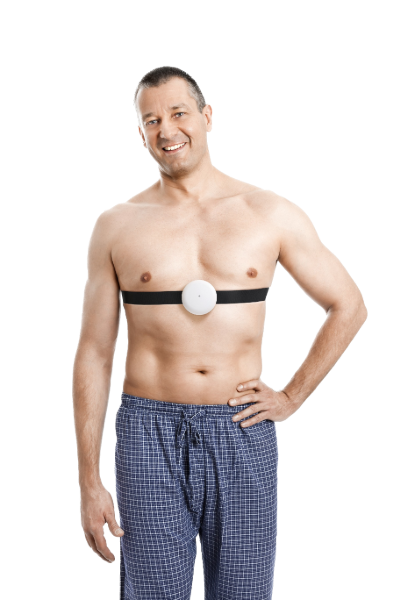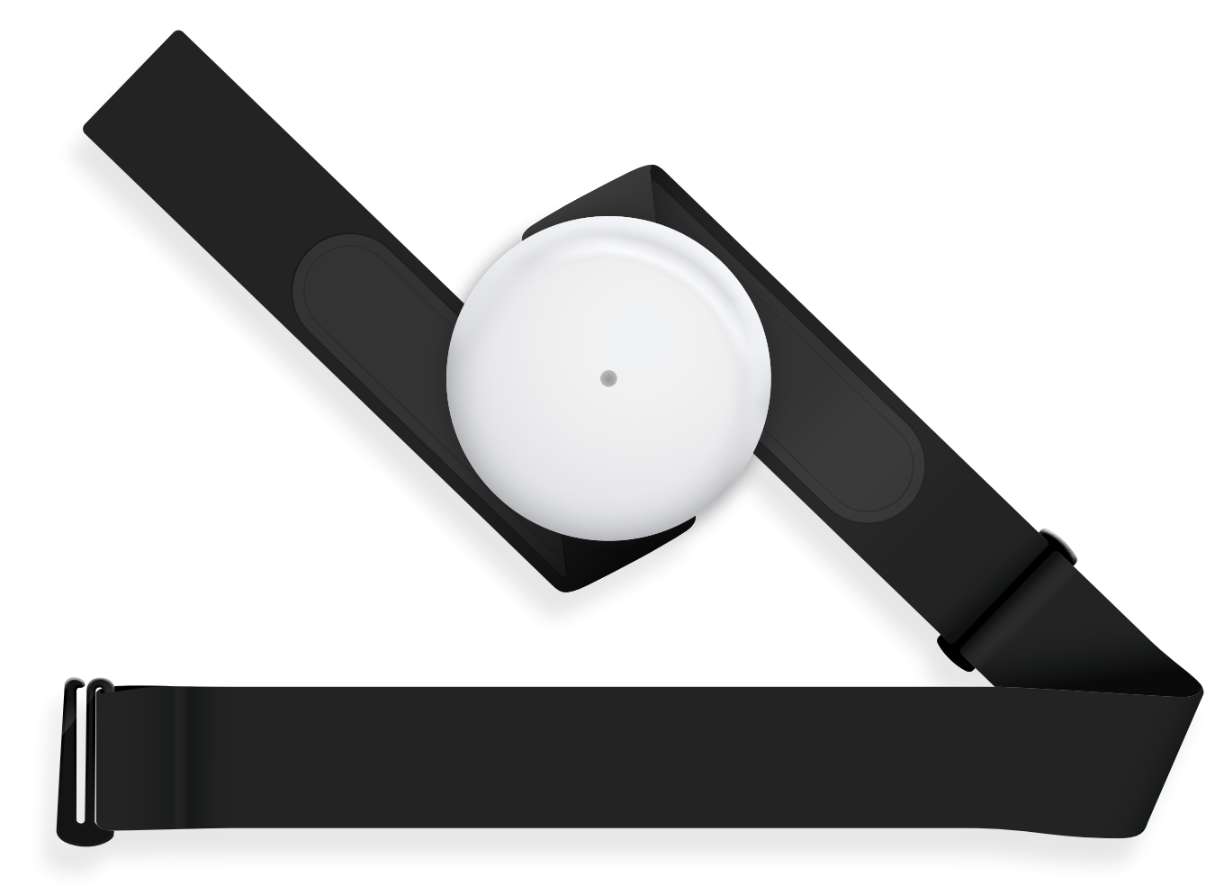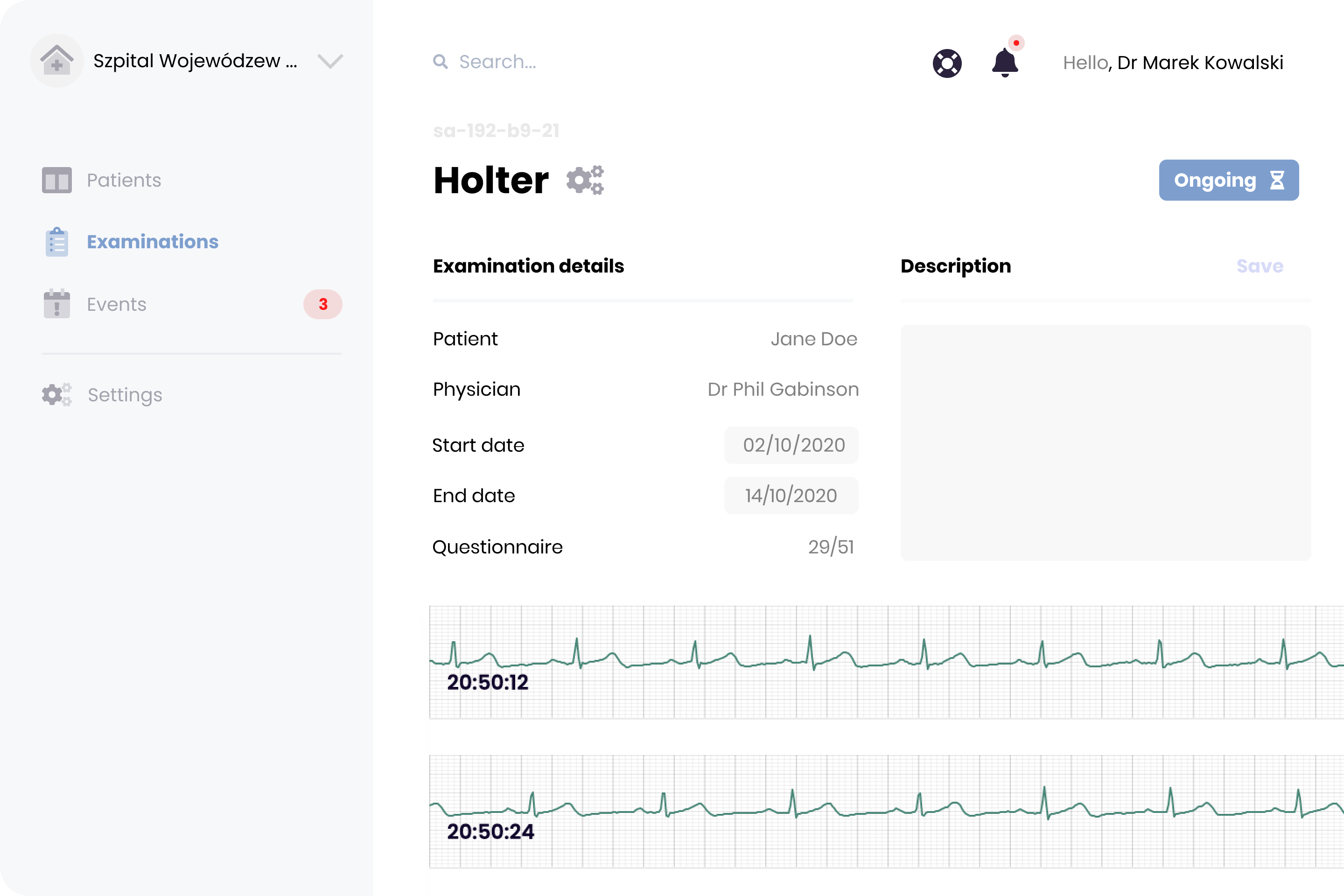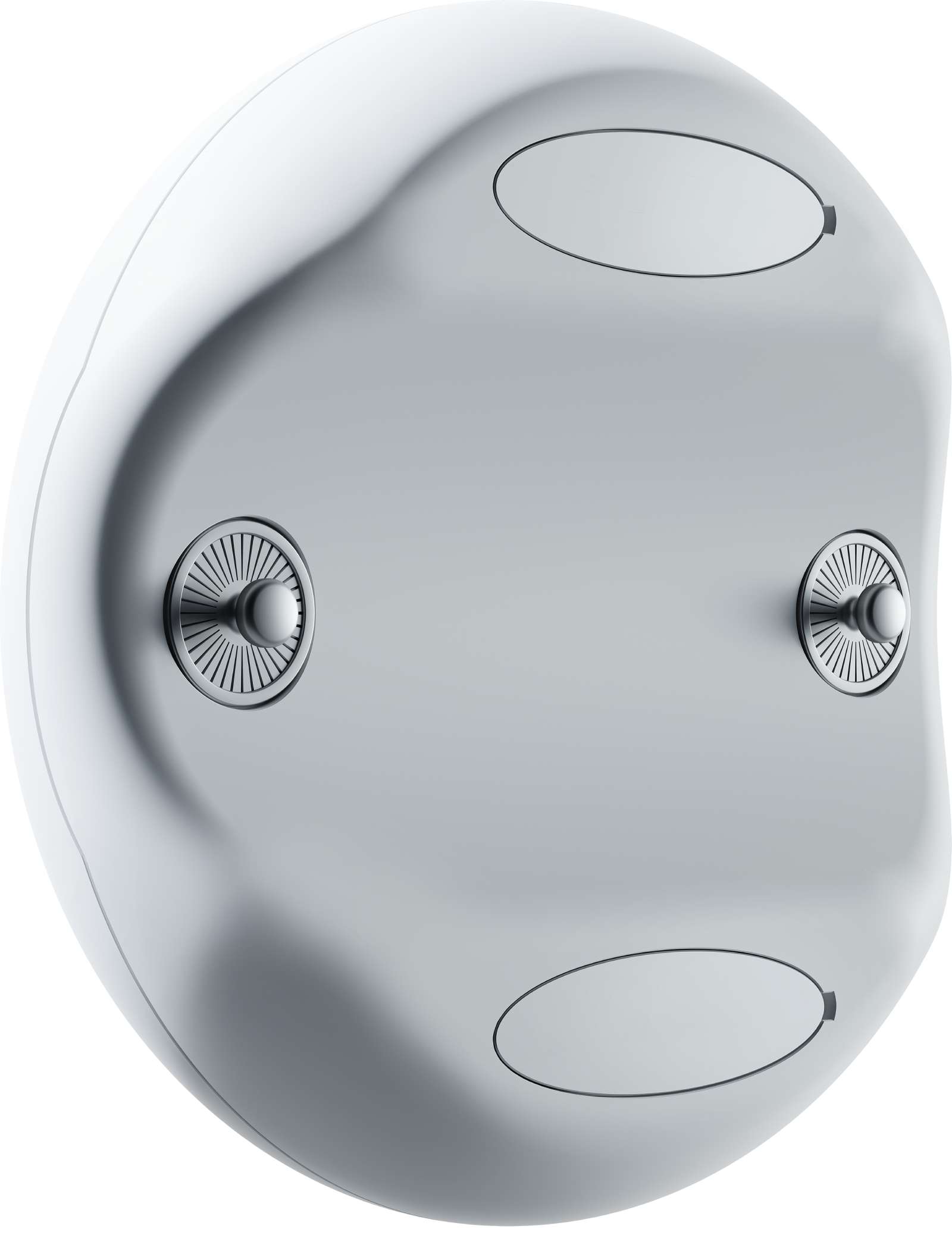Aidmed One is a medical device and a telemedicine platform designed to collect and analyze patient's physiological parameters.


Manage your clinic from anywhere. With insightful overviews and flexible tools, you can design specific patient care pathways and build rich reports.
Create Account
Patient's companion app supports data transmission and filling scheduled questionnaires.
Download App




2. Not suitable for pectus excavatum (sunken chest).
To assess the relationship of recorded heart rhythm disturbances to sleep-disordered breathing, which is essential for the correct choice of appropriate treatment of rhythm disturbances.
For monitoring patients with suspected sleep-disordered breathing (SDB), particularly obese patients or those with associated conditions such as chronic obstructive pulmonary disease (COPD), treatment-resistant hypertension, or post-stroke status.
Analyze the correlation of reported symptoms (such as palpitations, irregular heartbeat, shortness of breath, dizziness, fainting, loss of consciousness, fatigue) with the presence of arrhythmias and make a preliminary assessment of the type of arrhythmia.
In the diagnosis of atrial fibrillation (AF); both in patients reporting symptoms suggestive of AF and in asymptomatic patients at high risk for this arrhythmia.
To evaluate arrhythmias and to differentiate between atrial fibrillation, arrhythmias of supraventricular and ventricular origin and, in case of bradyarrhythmias, to differentiate between sinus node automatic failure and atrioventricular conduction disturbances.
The apnea and deflation detector detects declines in airflow through the cannula. In combination with other signals, our solution allows not only to diagnose but also to guide the patient more effectively in the therapeutic process.
Telemedicine sensors and detectors trained with machine learning techniques are useful not only for diagnosis but also for the quantitative assessment of arrhythmia severity, assisting therapeutic decisions and treatment evaluation.
Aidlab™ is a registered trademark. Copyright © 2026